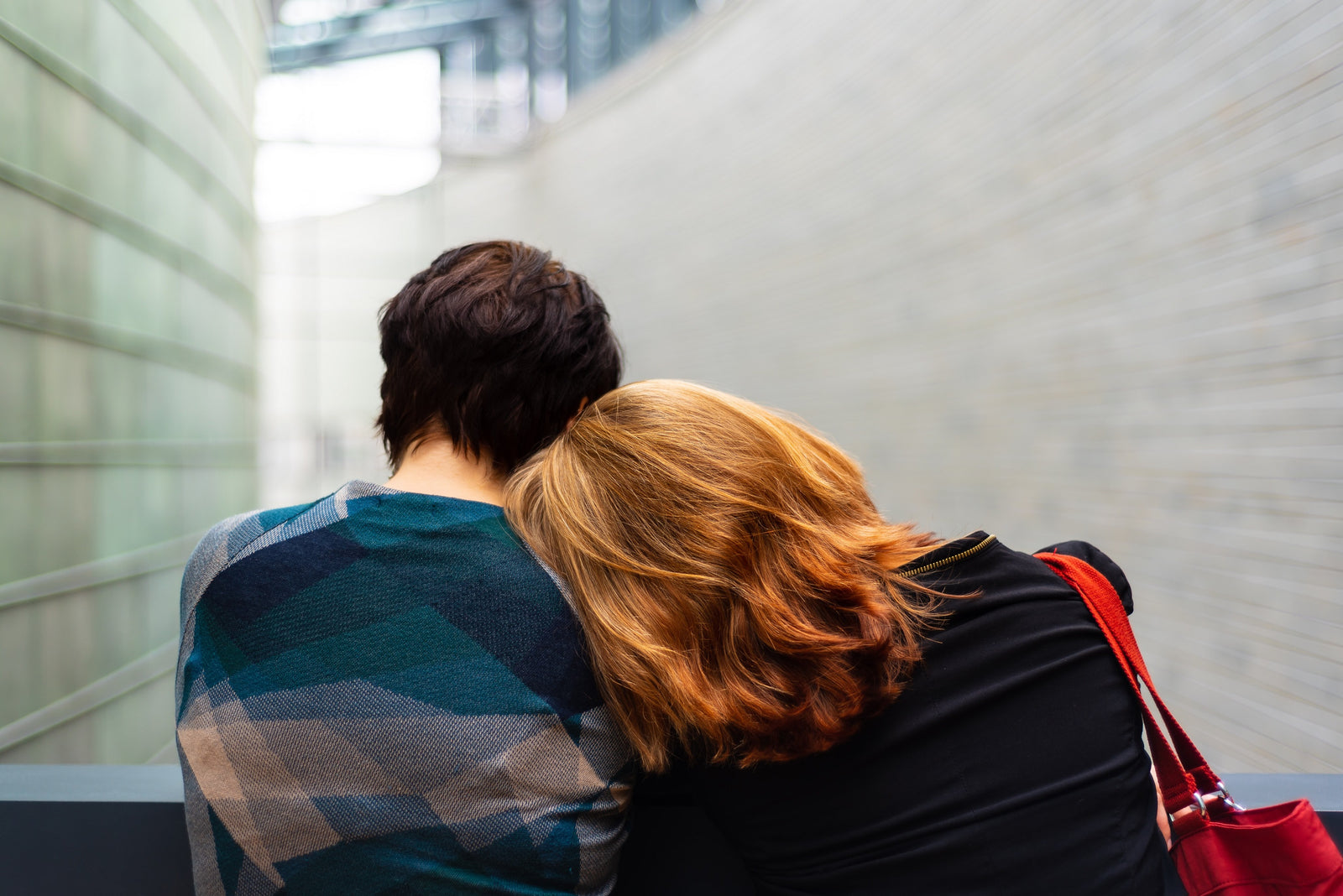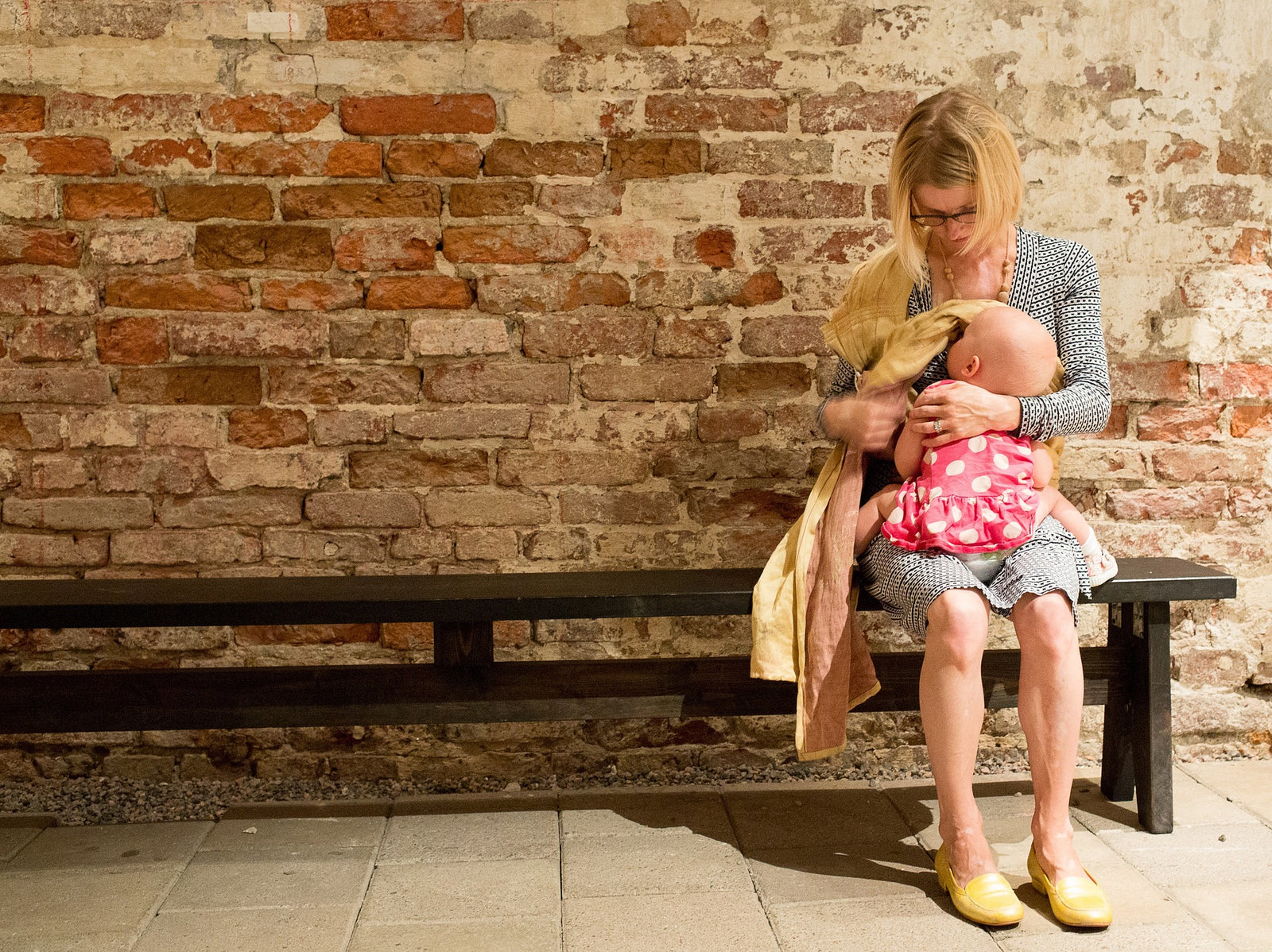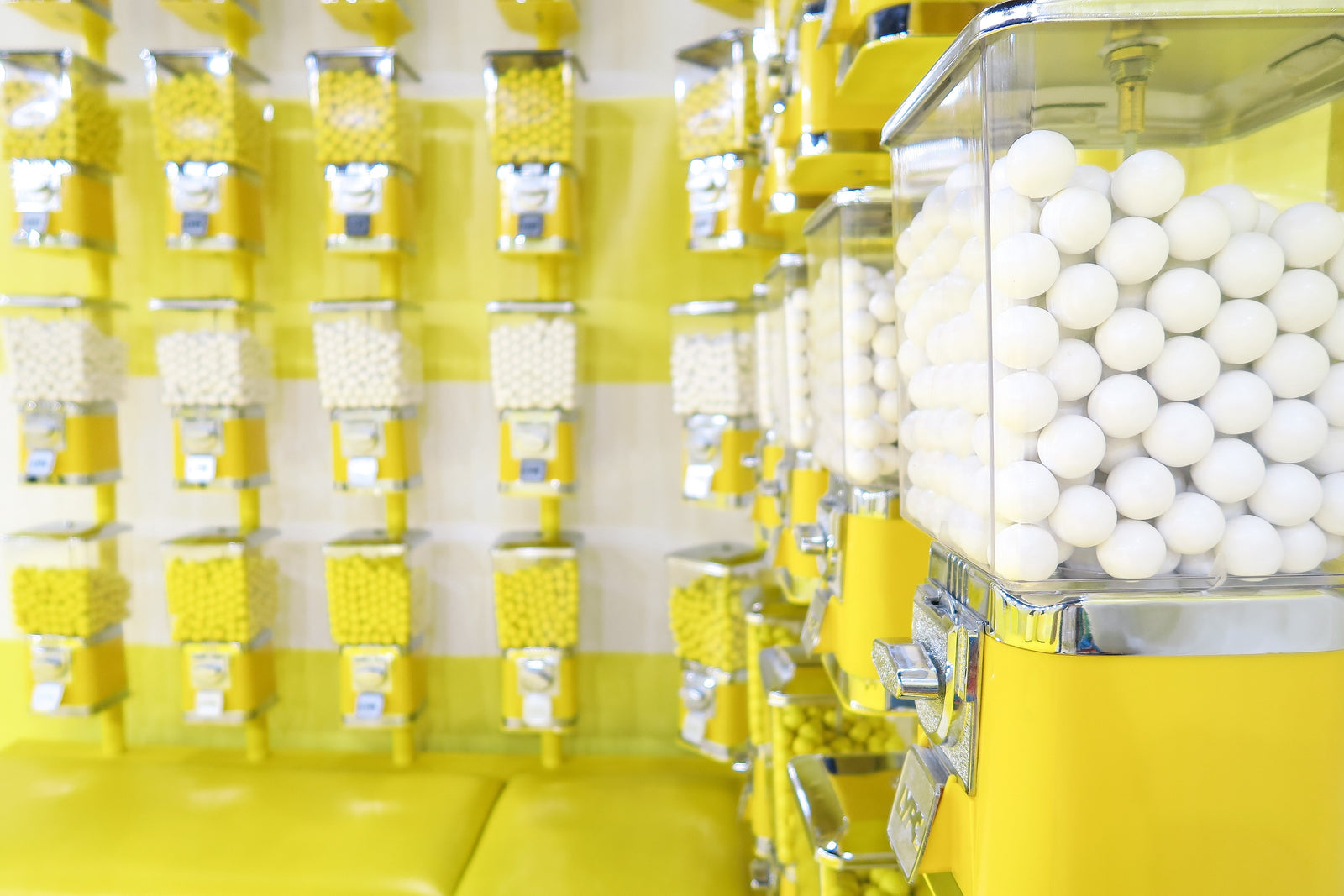🚚 FREE USA SHIPPING ON ORDERS OVER $30! INTERNATIONAL SHIPPING AVAILABLE.
🚚 FREE USA SHIPPING ON ORDERS OVER $30! INTERNATIONAL SHIPPING AVAILABLE.
How much caffeine is in your favorite brand of coffee?
by Tina Sendin 4 min read

Let’s take a little trip down the memory lane.
Remember your first coffee run? Which café did you go to?
What was your first order? Café americano? Latte? Macchiato? Espresso?
How many cups do you think you’ve had between your first and now?
(Don’t forget to put them in the comments section below.)

Where's your first coffee shop?
It’s highly likely that most of us have been to different coffee franchises and had different brands. After all, Americans love their coffee. The National Coffee Association will tell you that 64% of Americans ages 18 years old and above “had a cup of coffee the previous day” in 2018. [1]
Well if you’ve ever wondered how much caffeine is in the most popular coffee brands in America, then this is the article for you.
The numbers have been crunched and verdict released.
What’s your number?
Based on the caffeine-tracking website Caffeine Informer and stats from the Center for Science in the Public Interest, here are the amounts of caffeine found in most people’s go-to caffeine fix:
Death Wish coffee – 651 mg per 12 fluid ounce
Living up to its brand name, Death Wish is tagged as the world’s strongest cup of coffee that you can find in retail. The New York-based company will give you your money back if you tell them it isn’t the strongest you’ve had.
Dunkin’ Donuts Large Coffee + Turbo Shot – 395 mg per 20 fluid ounce
It may be cheap but it has a strong kick. Adding a shot of turbo (medium-roasted ground coffee with a little more caffeine) to your usual cup of Dunkin Donuts joe can do the trick and get you more than a second wind throughout the day.
Peet's Brewed Coffee – 267 mg per 16 fluid ounce
Peet's may be known for its deep-roast process but just the medium roast contains even more caffeine. That’s probably why the medium blend is the go-to for most Peet’s patrons.
Starbucks Venti Coffee – 415 mg per 20 fluid ounce
The 7-Eleven version of coffee house chains, Starbucks seems to be found in almost every nook of the city. And why not – its brewed coffee can really give you the caffeine you need for the day.
Biggby Red Eye (brewed coffee with espresso) – 274 mg per 16 fluid ounce
This growing Midwest franchise combines espresso with normal drip, making sure that a pump of espresso will keep you pumping (pun intended) all day.
McCafe – 145 mg per 14 fluid ounce
Okay I take it back. This is the 7-Eleven version of coffee house chains. Housed in McDonald’s, McCafé will only give you a lower amount of caffeine in a medium brewed coffee. Only a little over 100 mg of a kick for being a scrooge with your coffee!
Tim Horton’s – 205 mg per 14 fluid ounce
This Canadian chain can give you just the right punch with their medium coffee (about 14 oz) at 205 mg of caffeine. Their cups are not bigger than other American chains though so not sure if you’re getting the bang for your cup here.
Shock Coffee Triple Latte – 231 mg per 8 fluid ounce
Another one that lives up to its brand, Shock’s pre-packaged coffee drink contains three shots of espresso. Don’t know about you but hearing that alone gives a shock to my system.
Coffee Bean & Tea Leaf – 333 mg per 14 fluid ounce
Don’t be fooled by its chill café vibe and awesome playlist. There's nothing "chill" about its coffee. Caffeine Informer revealed that their regular-sized brewed coffee contains around 333 mg of caffeine. That’s definitely one of the highest in this list!
Which Starbucks drink to pick?

Starbucks is probably the most popular brand in the lot. Just walking around the city you'll find the whole rush hour labeled Starbucks - that green logo is in the hands of almost everyone heading to the workplace.
But which drink is the best to ask for from the barista?
Here are some tips:
- If you want the most caffeine in a volume, order a shot of espresso. Take note though that because of its size, only 75 mg of caffeine is in this drink. If you're really in a hurry and need an intense caffeine kick, order a quadruple shot for instant 300 mg of caffeine. Don't worry, that's not going overboard (it has less caffeine than a 16 oz drip).
- If you want a little less than 4 shots and don't mind the extra calories, you can pick from any of the following with only 2 pumps of espresso each:
- Cafe latte (150 mg) - with steamed milk and milk foam
- Cafe mocha (175 mg)- with milk and chocolate syrup
- Cappuccino (150 mg)
- If you want something a little bolder, go for a flat white (195 mg). It has three shots mixed with steamed whole milk. Get one if you want a little Aussie flair for a day too (this mix started in the land down under).
- If you're serious with your caffeine fix, go for:
- Nitro cold brew (280 mg), which may not be as highly-caffeinated than others but has a slight carbonation that makes the effects of caffeine felt faster
- Nariño 70 cold brew (200 mg) has a high concentration of caffeine because of the slow brewing process
- Latte macchiatto (225 mg), which has more caffeine than cafe latte, cafe mocha and cappuccino because it doesn't have steamed milk, just the foam
- Pike's Place (310 mg) for that energy boost you're looking for
If you want a full summary of the brands we've covered, here's an infographic for you:
![]()
Also in Viter Energy Blog

Can caffeine help with ED?
by Mark Miller 3 min read
Erectile dysfunction. In combination, those are two of the ugliest words known to man. But can caffeine help you get it up?
Science hasn't found the definitive answer to this question, but one study concluded that fewer men who consume caffeine have problems performing. The study said:
Caffeine intake reduced the odds of prevalent ED, especially an intake equivalent to approximately 2-3 daily cups of coffee (170-375 mg/day). This reduction was also observed among overweight/obese and hypertensive, but not among diabetic men. Yet, these associations are warranted to be investigated in prospective studies

Caffeine while breastfeeding? Go ahead, it's OK
by Mark Miller 4 min read
Many breastfeeding mothers wonder if it's OK to take caffeine. In fact, many nursing mothers just avoid caffeine in case it would keep their babies fussy, jittery and awake.
The answer is yes, you can take caffeine while breastfeeding, as long as you don't go over about 300 mg a day.
It's an important question because caffeine is in so many products, and taking coffee, tea, or soda is such a common ritual.
And breastfeeding mothers may be tempted to take caffeinated products because they are deprived of sleep by their newborns' odd sleep schedule.

The surprising benefits of chewing gum
by Mark Miller 5 min read
You might think gum chewing is an activity with little or no benefits besides the pleasure and flavor, but think again. Chewing gum has several benefits.
In addition to freshening your breath, sugar-free gum can help prevent cavities and contribute to overall oral health. But that's just the beginning.

